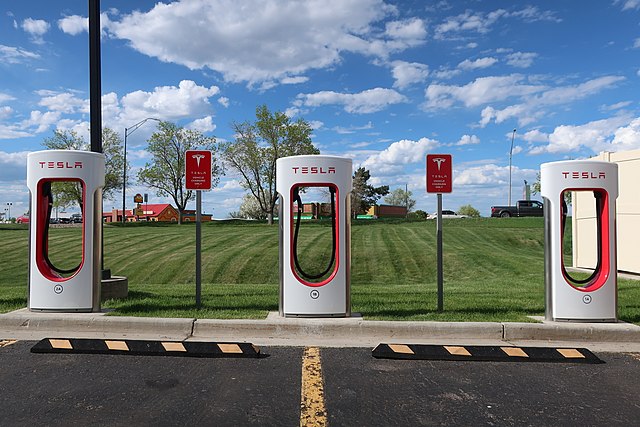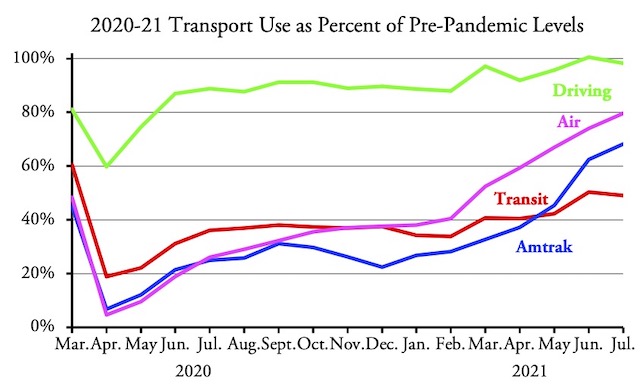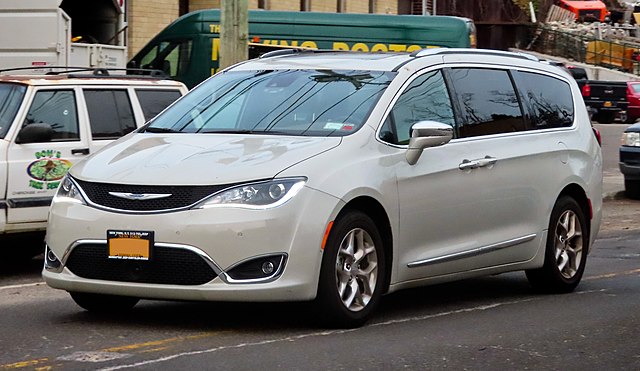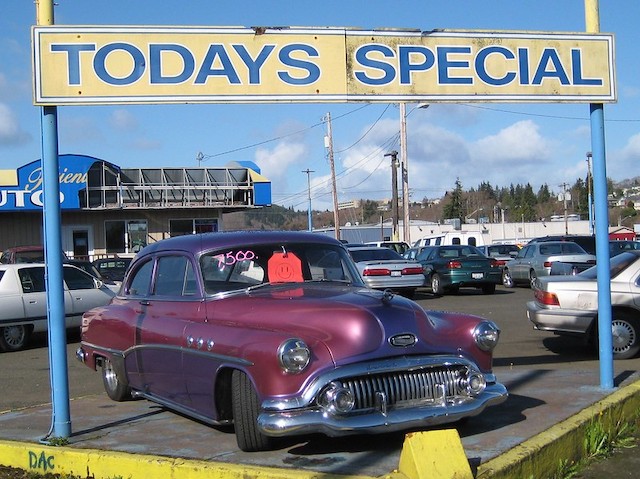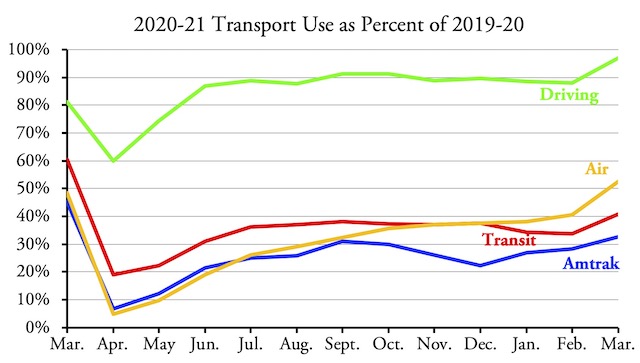Governments around the world should forcibly limit automobile travel to 4,000 kilometers (2,500 miles) per person per year, says the ominously named Patrick Moriarty, an engineering professor at Melbourne’s Monash University. That’s 4,000 passenger-kilometers a year, so in the United States, where the average car carries 1.67 people, that’s really 2,400 vehicle-kilometers (about 1,500 vehicle-miles) per person per year.
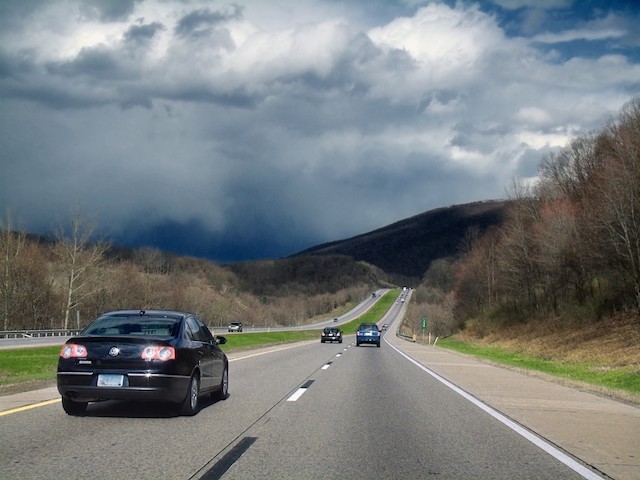
Wave good-bye to 80 percent of your mobility if Moriarty has his way.
Since Americans drove about 8,900 vehicle-miles or 15,000 passenger-miles per person in 2019, this mandate would require an 83-percent reduction in auto travel. In other countries, it would be less, of course. According to the Australian Bureau of Statistics, Australians drove 255 billion kilometers (about 160 billion miles) before the pandemic. Assuming 10 percent of that was heavy trucks, buses, and motorcycles (as it is in the U.S.), then that represents about 6,000 miles of automobile driving per person. Moriarty’s proposed mandate would reduce that by a mere 75 percent. Continue reading →


